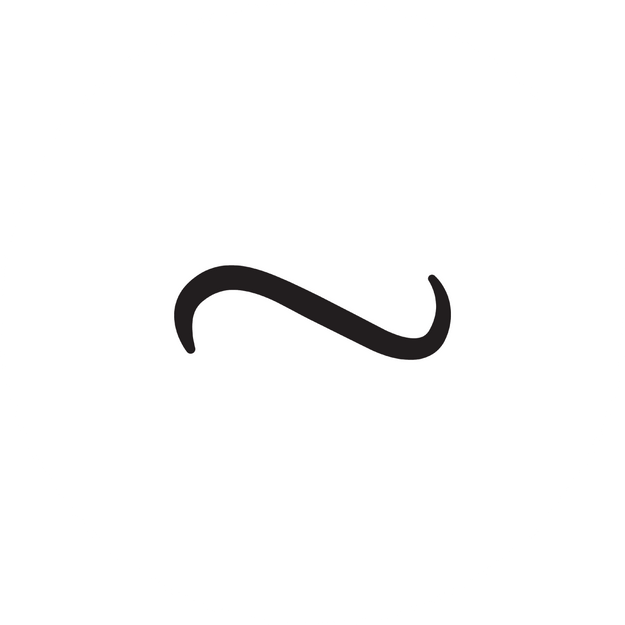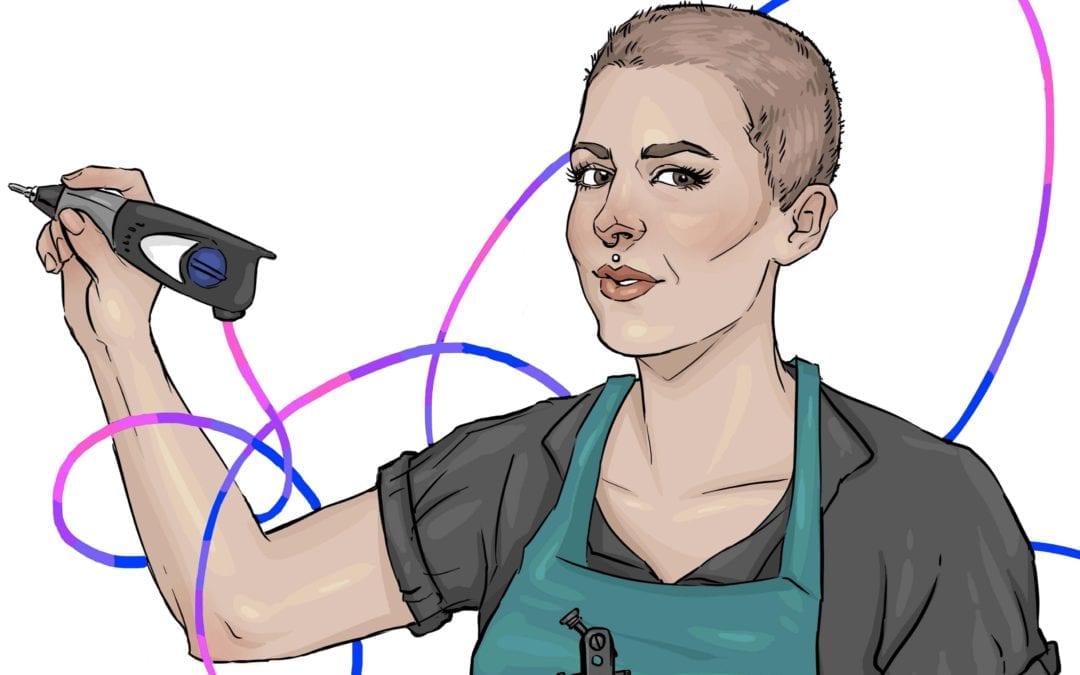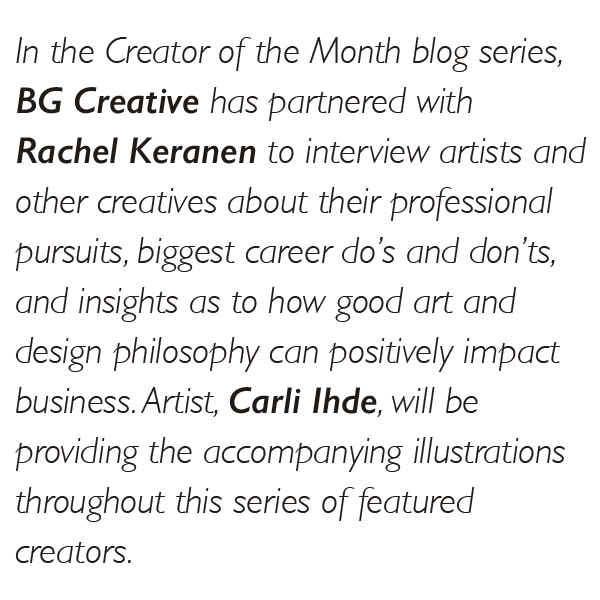
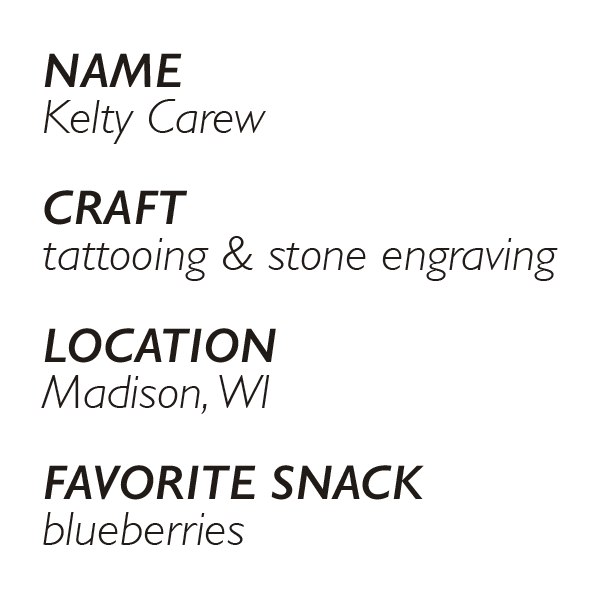
What sort of art or design do you do?
I tattoo and I engrave stone by hand. I tattoo using both coil and rotary machines, and etch granite with Dremel engravers fitted with diamond bits. There are also digital design aspects to both processes including CAD, ProCreate and Photoshop.
How long have you been doing this kind of work?
I’ve done commissioned artwork since I was about 14. It started with black and white acrylic portraits painted for friends, then for friends of friends, and on from there to larger corporate commissions. A small monument company heard of my work while I was still in high school, and in 2004 they handed me a piece of granite and a Dremel and told me to give it a whirl. I was instantly fascinated by this unique and permanent medium! So I taught myself the craft and began professionally etching portraits on gravestones later that year. In college I did a lot of ceramic sculpture, digital drawing, and printmaking, all while continuing to work in the monument industry. In 2011 I got an opportunity to apprentice in tattooing, but didn’t begin working as a full-time tattooer until 2015. I am currently tattooing and engraving freelance on a part-time basis after having a child last year. (Easily my best creation!)
How did you get to the level of success you have today? (Major milestones, people who helped you, interesting opportunities, etc.)
If something scares me or makes me uncomfortable, whether it’s an idea or an opportunity, I know I probably ought to pay attention and pursue it. Saying yes to unique or unusual opportunities has definitely broadened my perspective, which in turn allows me to make personal connections with my diverse clientele.
I have consistently received good guidance whatever the endeavor, including the wisdom that there is no teaching, only learning! The list of people from whom I’ve learned is eclectic, as I’ve interned, worked part-time, volunteered, studied, and explored a lot of places and topics outside of my strictly art practice. To me, success and failure come down to the quality of those relationships surrounding the work. Not to mention being white, blue collar/middle class, and cisgender/heterosexual-passing, I was allotted many privileges right out of the gate.
Milestones include showing my work out of town, showing my work in town, selling large works, selling meaningful works, tattooing out-of-state, tattooing people I love and admire, working abroad and at home with local communities to create meaningful public art.
What project(s) are you most proud of and why? Please link to any images of these projects.
I was a lead artist at the Madison Social Justice Center’s mural and mosaic, which depicts people from that neighborhood who lost their lives to violence. The process of working with grieving families was not new to me having worked in the death industry. However it was different in that it was very hands-on for the families and hence, I believe, more healing for them. I took a lot of cues from the international work of Philadelphia artist Lily Yeh for that highly collaborative process. I designed the mural which was painted by family members, and which was adjacent to a beautiful mosaic designed by artist Shadayra Kilfoy-Flores. I engraved portraits of the deceased folks in granite as part of the mosaic, and designed and painted a walkable, meditative rose labyrinth in the parking lot in front of the mural/mosaic for contemplation.
Relatedly, a personally important project was a life-size granite engraving of the Madonna and Child. It was based off a 19th century icon painting by Alphonse Bouguereau which I altered (a la Kehinde Wiley) to reflect the Movement for Black Lives and police brutality.
Most recently I tattooed at a friend’s memorial service at a church in Chicago. The designs were small and I only had time to tattoo family members, but the response was overwhelming from dozens of friends wanting them too. The death industry tends to take away the physicality of mourning, such as washing and carrying a body or digging a grave. I believe the intimate, tangible nature of tattooing reclaims some of the very important corporeality of grieving. I’m deeply fulfilled when my work facilitates insight and/or healing, especially around processing death and change. It’s medicine I give and receive.
What’s been your biggest creative challenge?
My biggest creative challenge right now is balancing artistic visions. I work closely with clients to achieve their project vision, whether for a tattoo or a monument, and work toward a final product which I can be proud of. It has taken many years to develop and trust my artistic intuition as I tend toward people-pleasing! That mentality has allowed me to hone my technique, and now for the last several years I’ve been working to expand, assert, and celebrate my own hard-won creative vision. Also, I have that fresh baby! That baby challenges me to get more creative and efficient with how and when and why I work.
What are your favorite unusual media or motifs to mix into your work?
Stone and skin are themselves unusual media in the fine art world, as far as etching and tattooing go. They’re unique in that they’re pretty permanent… at least, they outlast us. I hope to make a unique mark with fine art engraving. As well, it’s an interesting time to be part of the tattoo world as it shifts further from sub/counter-culture solidly into the mainstream. Healing is a motif I mix into my work.
What are some of the big professionals do’s and don’ts you’ve learned along the way?
Don’t sell yourself short, financially or in dreaming up possibilities. Don’t do it for the exposure. Do it for the pleasure of the flow state. Do accept feedback without taking it personally. Don’t get attached to reactions to your work. Do save your receipts. Do know your worth. Do trust yourself. Don’t compare yourself with others, but do compete with yourself.
If you could tell people who are new to their creative careers or hitting a roadblock one thing, what would it be?
Set it down for a minute or a week or a month (or like I did with tattooing, a few years!) and do something completely different. Take an unrelated class, read an unusual book, take a short or long trip, have a conversation with someone you normally wouldn’t. I’ve found that after grinding at something for a long time and hitting a plateau, taking a total break to do something unique then resuming the work tends to bring clarity and creative openings. Don’t give up, just step back momentarily as needed.
How do design and creativity, impact a business?
I believe good design and creativity for any business indicate that the business owner has taste and knows their strengths and scope of talents. Design and creativity as reflected in social media have combined to allow much newer artists to catapult to fame and lots of work, when maybe five to ten years ago that was reserved for established artists who populated the pages of books and magazines. Finding your own edge within an industry makes you stand out and creates a buzz. What makes you different? What do you bring to the table that is unique, interesting, unexpected? Grow there, make it your strong suit, and creatively highlight it in your professional settings.
How have you been able to see that or measure that impact in your career?
Establishing tools like a well-designed website and nice business cards has definitely helped more clients seek me out. It has the effect of a high quality picture frame. The work may have been solid to begin with, but the frame takes it to the next level of professionalism: offering clear space for perception and even protection. That becomes the expectation for the client, and more importantly perhaps, for myself! I charge what the work is worth, and put in the effort to keep improving it as it has a clear destination and audience.
Are there examples of that kind of impact outside of your own experience that you admire?
It’s exciting to see emerging artists display their work in creative ways on different platforms. Changing the context of a piece, be it on a website, or professionally photographed at an event and featured on social media, or mocked-up on different products or interesting surfaces or locations is really cool to see. It helps me see outside the superficial limits I sometimes place on my own work.
How do you think the creative industry will change in the next few years or decades?
As access to art-making tools continues to spread, I think the creative industry will get less elitist and rarefied overall. Perhaps those traditional hierarchies will make way for new sets of values and ways of relating. As creative technologies become more affordable and widespread I anticipate more stories being told and more innovation to occur in what are now marginalized communities worldwide. Whole new media will emerge when paired with ever-cheaper and smaller and smarter technology. I hope that these new media will be used to create a more just and sustainable humanity.
Who do you follow for inspiration and through what medium? (Instagram, podcast, etc.)
Authors/artists I follow/read: Octavia Butler, adrienne maree brown, James Baldwin, Audre Lorde, Lily Yeh, Ursula K. Le Guin, Nnedi Okorafor, David Suzuki, Donella Meadows, Michael Pollan, Howard Zinn, JRR Tolkien, Mary Oliver, Masanobu Fukuoka…. Oh and Janelle Monae and Bjork. I follow hundreds of tattooers and fine artists on Instagram! I’m inspired by my friends’ art, whether it’s just a casual hobby for them or their career.
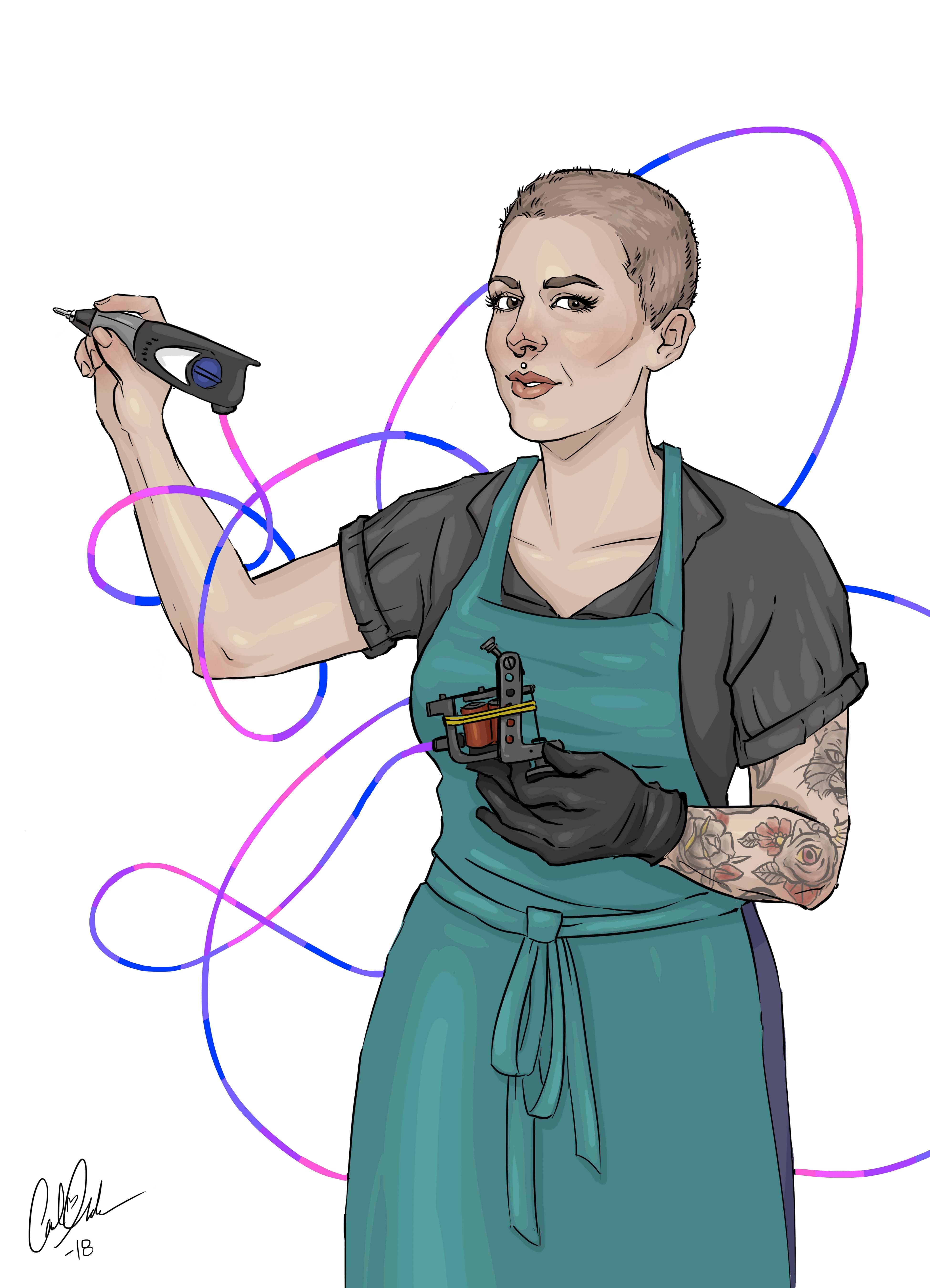
—
Author: Rachel Keranen | @river_rach
Illustrator: Carli Ihde | @carlieyed
Creator of the Month: Kelty Carew | @kelty_carew
Check out all the interviews and illustrations here.
